Interview with Nick K. Nishikawa – General Manager
BELLUSTAR TOKYO’s cherry blossom decorations reborn as folding fans: the vision behind the “Sakura Upcycle Project”
Interview with Nick K. Nishikawa – General Manager
BELLUSTAR TOKYO’s cherry blossom decorations reborn as folding fans: the vision behind the “Sakura Upcycle Project”
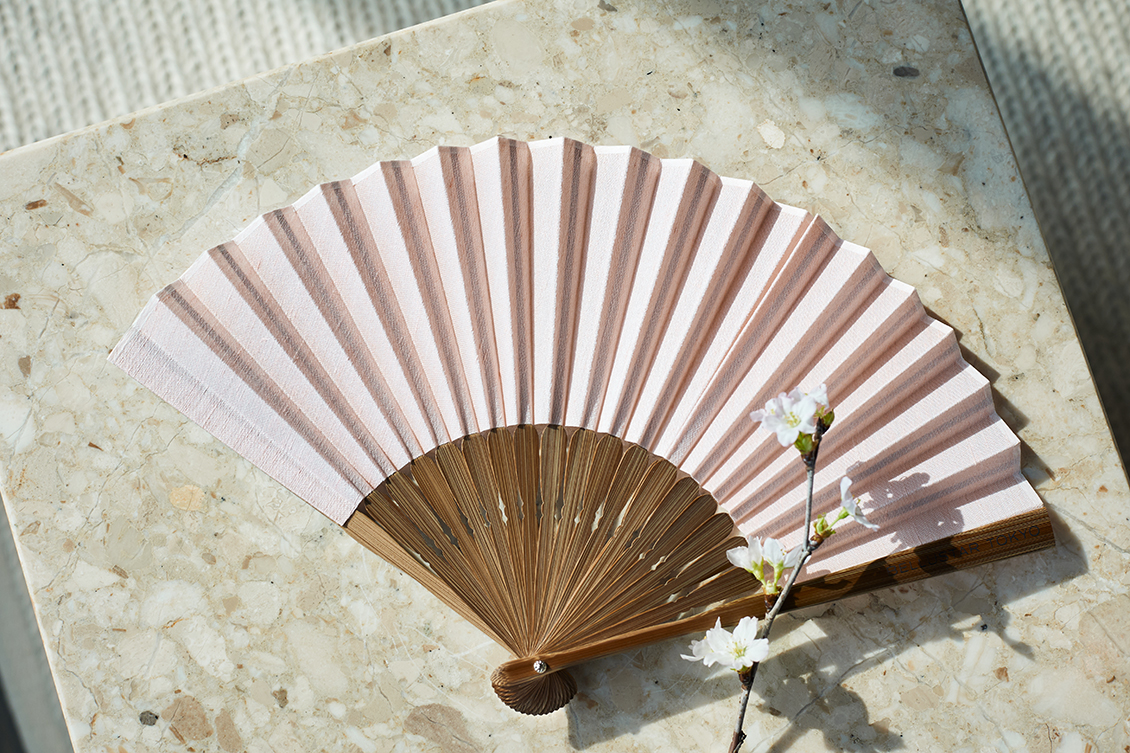
In spring 2024, a variety of cherry blossoms (sakura) decorated BELLUSTAR TOKYO, A Pan Pacific Hotel. Fresh flowers of yaezakura, yokozakura, ukonzakura, and other special types of sakura were brought in from various regions, allowing all visitors to enjoy a few moments of cherry blossom splendor.

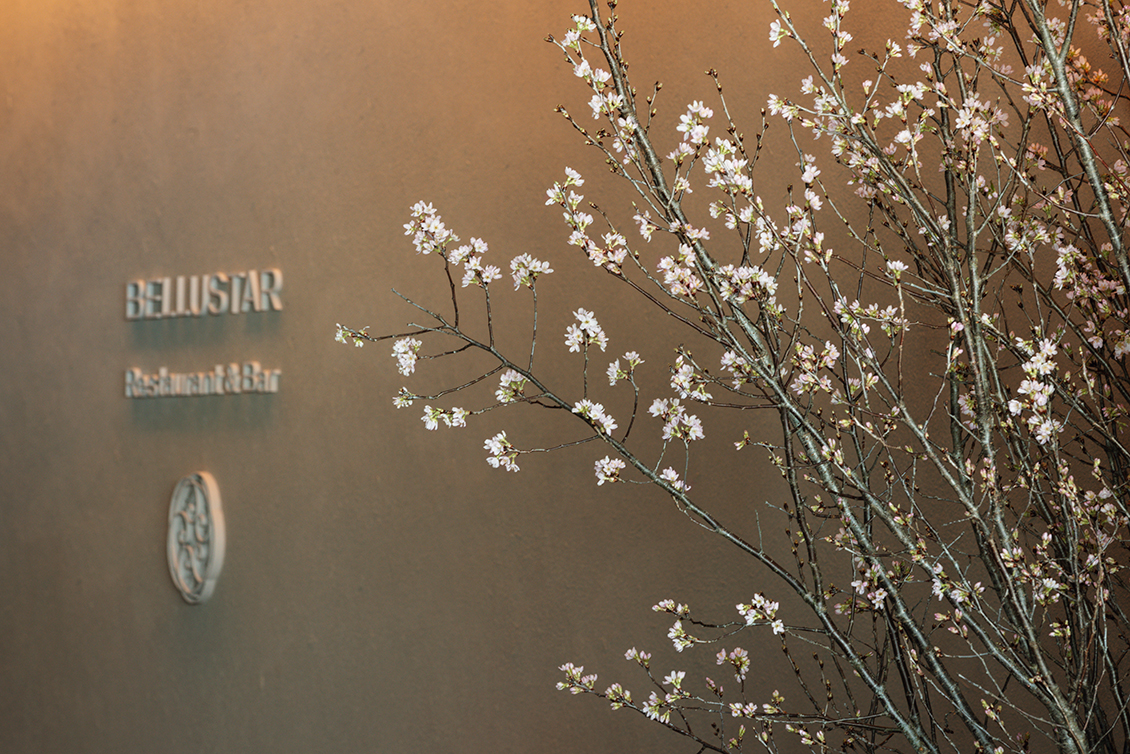
These cherry blossoms have returned in a new form after a year’s time. Flowers and branches that would normally be discarded have been upcycled as cherry blossom dyeing material and have come back to life, transformed into elegant folding fans.
Handcrafted by artisans, each folding fan has a slightly different expression. Their noble appearance embodies the beauty of “wa” (Japanese concept of harmony) and the sustainability spirit cherished by BELLUSTAR TOKYO. Let us share with you the vision behind our “Sakura Upcycle Project.”
Aiming to provide a “real cherry blossom” experience
Aiming to provide a “real cherry blossom” experience
Cherry blossoms are a symbol of Japanese spring. In recent years, there has been a significant increase in inbound tourism, and it is common for overseas travelers to visit Japan seeking cherry blossoms. We wanted guests to fully enjoy the beautiful Japanese cherry blossoms during their stay at the hotel. With this in mind, BELLUSTAR TOKYO began the initiative of decorating the hotel with cherry blossoms in spring. Using real cherry blossoms was our commitment from the beginning of planning. General Manager Nick K. Nishikawa explains:

Mr. Nishikawa: “The first thing we thought was that it would be meaningless to decorate with cherry blossoms unless we used fresh flowers. We knew that our guests would have a truly special reaction when they experienced ‘real’ flowers. They do require effort and cost a lot, but there was no alternative to fresh flowers if we wanted to please our guests.”
There are many varieties of cherry trees. Replacements were arranged according to the best viewing times while carefully managing the timing of each bloom.
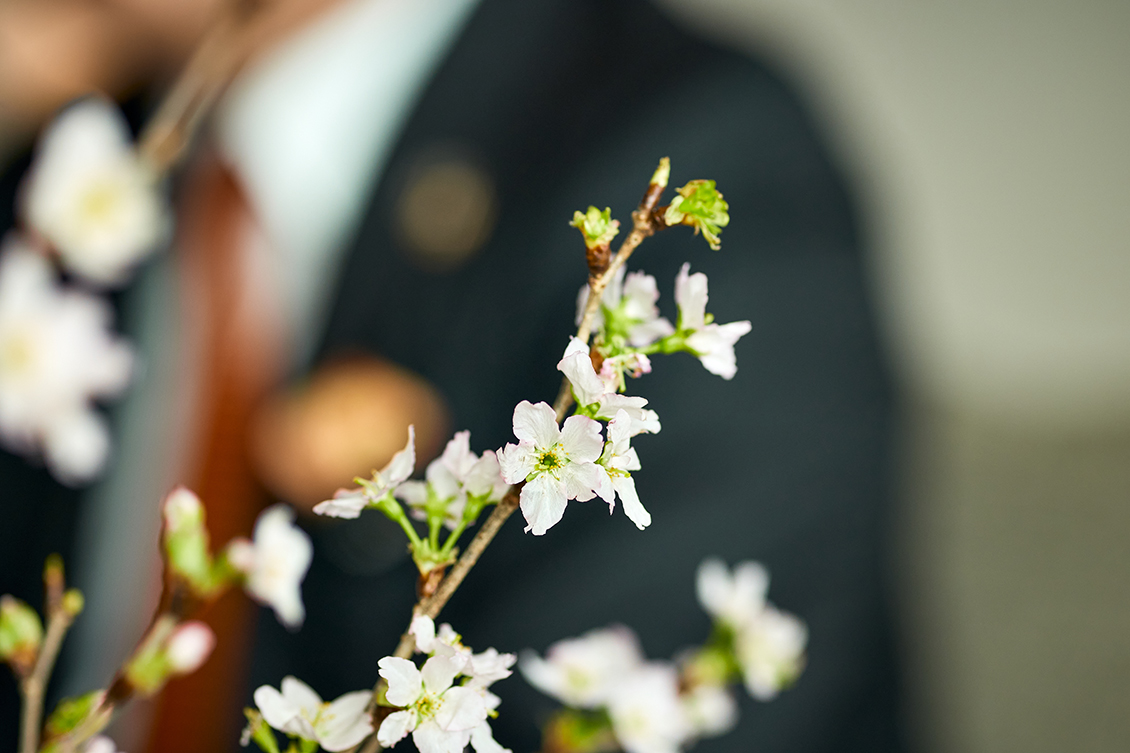
Mr. Nishikawa: “In spring, cherry blossoms bloom everywhere in Japan, but opportunities to view them up close are surprisingly rare. We received many positive comments from guests. I remember seeing everyone taking photos with delight. I believe they were able to observe each petal and even the opening of the buds.”
As we aim to be “an eco-friendly hotel,” we do not just decorate with flowers and leave it at that
As we aim to be “an eco-friendly hotel,” we do not just decorate with flowers and leave it at that
However, there is also the issue of having a large amount of flowers and branches left after decorating with fresh flowers. These would normally be discarded, but BELLUSTAR TOKYO sought ways to “utilize” rather than discard them, in line with the SDGs.
Mr. Nishikawa: “As our sustainability policy at Tokyu Hotels and Resorts, we have established three sustainability goals – we aspire to be an ‘eco-friendly hotel, a town-friendly hotel, and a people-friendly hotel.’ BELLUSTAR TOKYO has been working on initiatives such as recycling bath amenity bottles, and this time too, we brainstormed ideas among staff with effective resource utilization in mind.”
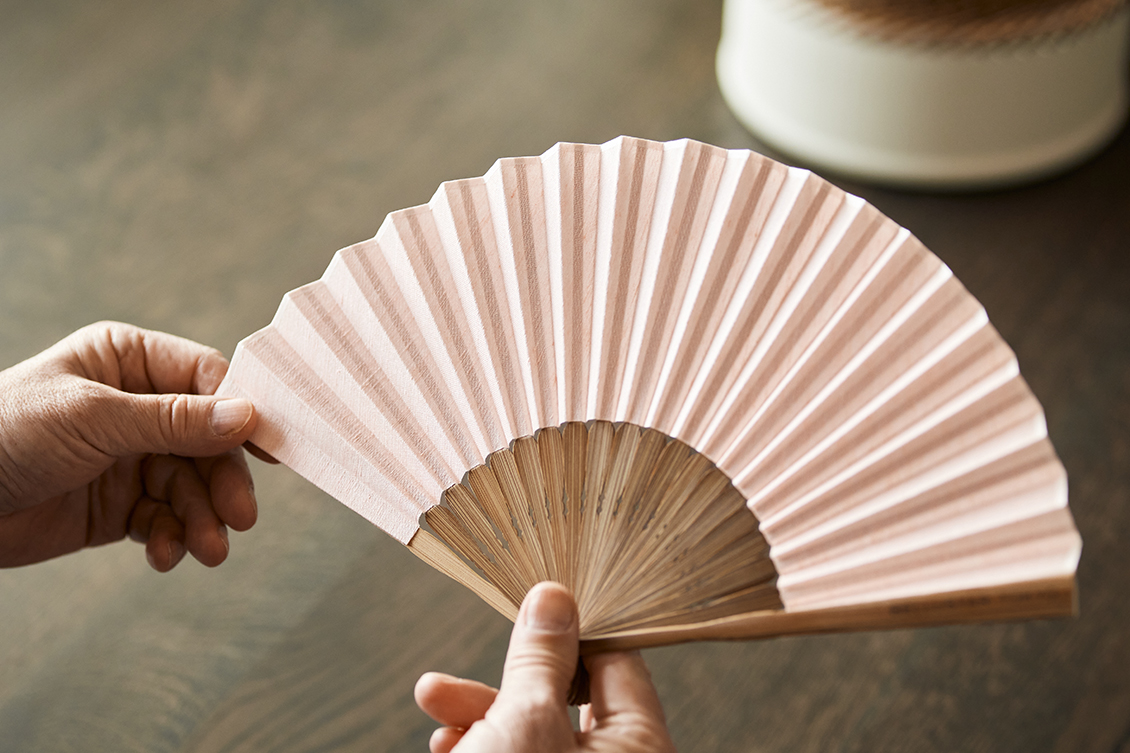
After numerous discussions, it was decided to upcycle the flowers and branches into cherry blossom-dyed folding fans, also evoking a sense of Japanese tradition. The project moved on to product creation, but we faced challenges before completion. The Marketing Promotions representative (Rep)reflects:
Rep: “The most difficult part was selecting artisans for production. It was hard to find workshops that could accept our materials and handle small-lot production... After searching in many places, we fortunately selected Maito Design Works in Kuramae, Tokyo, Watanabe Textile in Fujiyoshida, Yamanashi, and Maisendo in Fushimi, Kyoto. The production was finally realized because these companies sympathized with our vision.”

Threads before dyeing
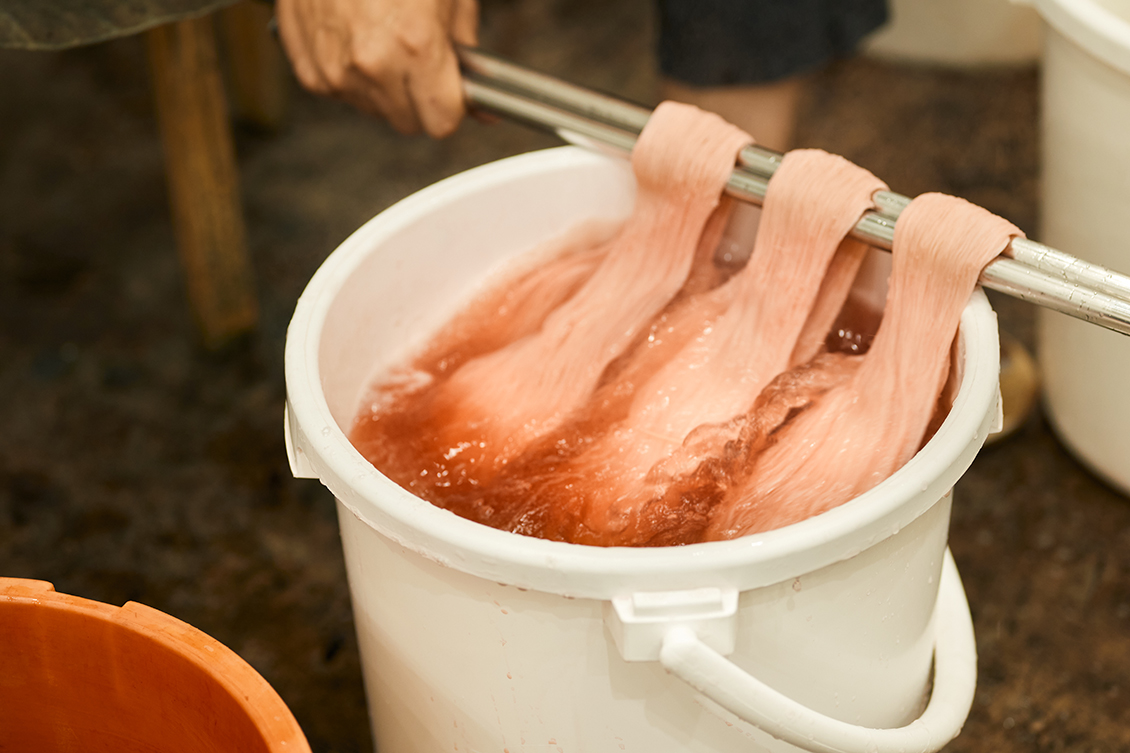
Cherry blossom-dyed threads
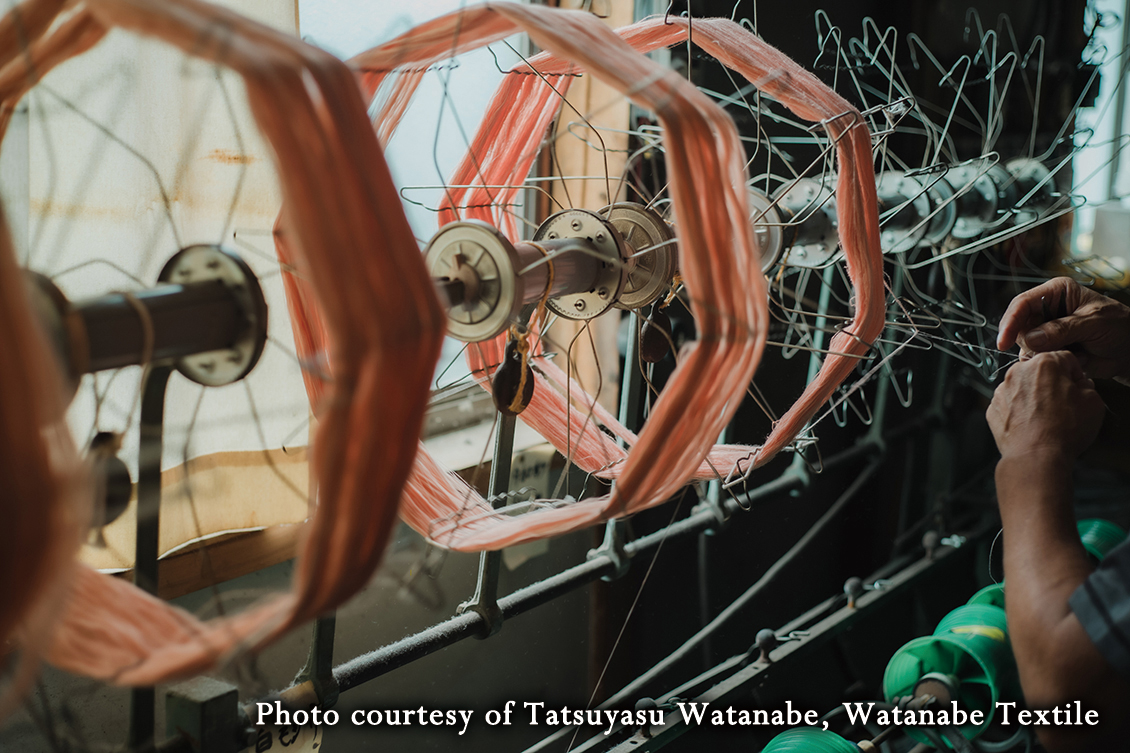
Crafting the fabric into folding fans
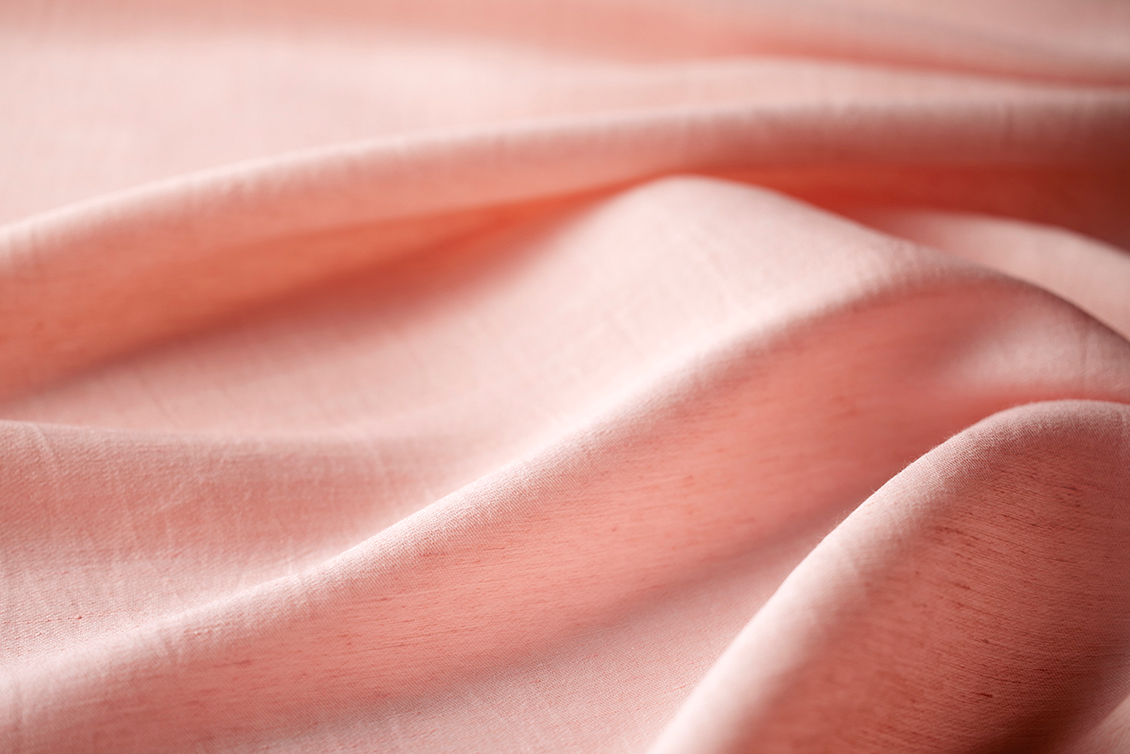
Fabrics made by weaving
The folding fan production can be divided into three major processes. Hemp threads dyed in Tokyo were woven into fabric in Yamanashi, then crafted into folding fans in Kyoto. The cherry blossoms that bloomed in 2024 have now returned to BELLUSTAR TOKYO after passing through the hands of artisans across Japan.
Please refer to this article for more about the production process behind the “Sakura Upcycle Project.”
→Transforming discarded cherry blossoms and branches into something new
